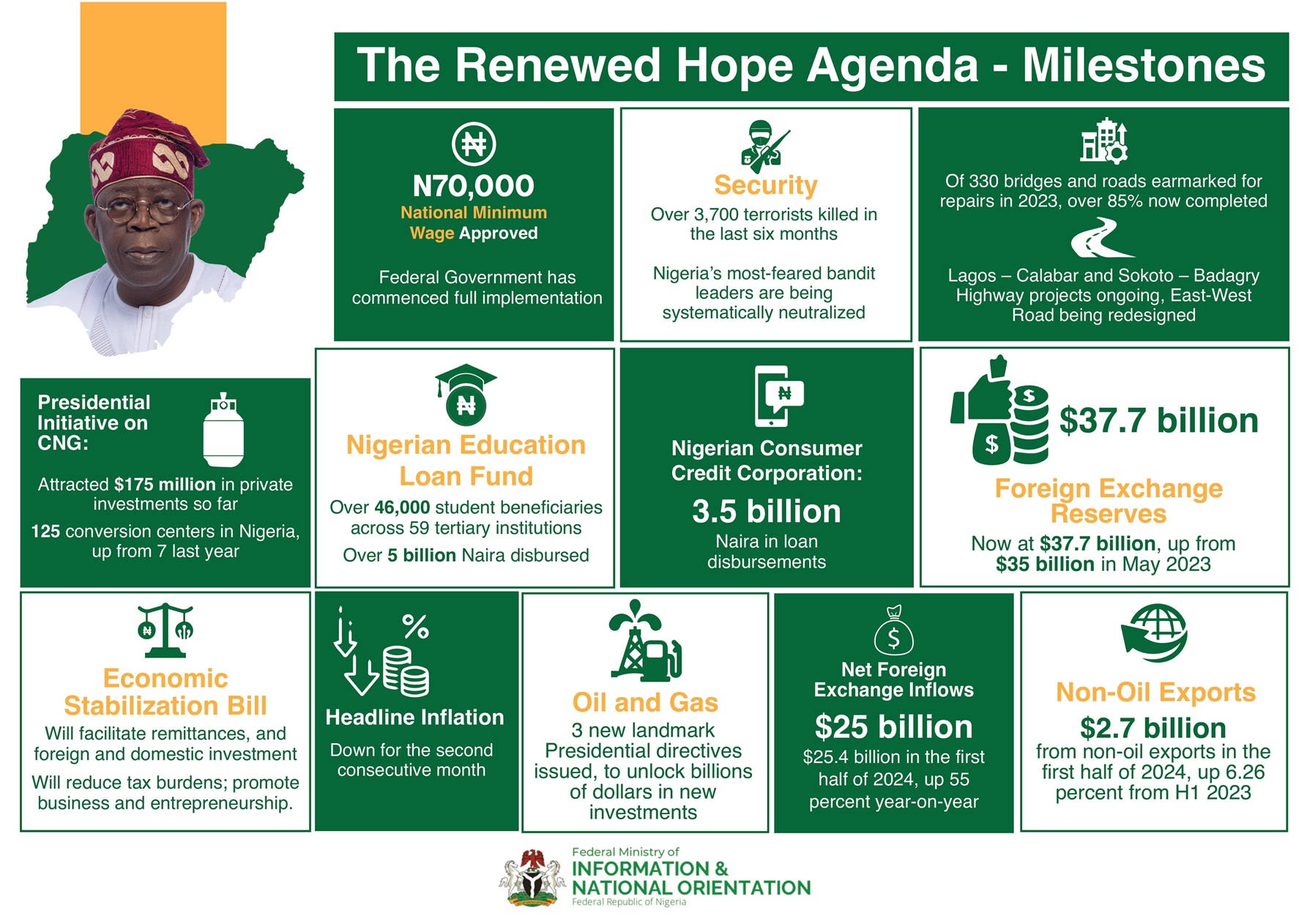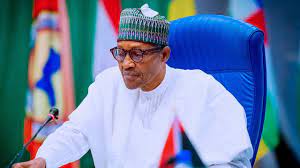………. To RunBudget Deficit of N6.26 trillion
………..To fund the Budget Deficit with New Borrowings and Drawdowns
………..To Service Debts with N3.61 trillion
The Federal Government of Nigeria plans to spend a total of N16.39 trillion in the 2022 fiscal year. This represents anincrease of N3.31 trillionor 25.23 per cent compared to the 2021 total expenditure of N13.08 trillion.The proposed expenditure comprises:Statutory Transfers of N768.28 billion;Non-debt Recurrent Costs of N6.83 trillion;Personnel Costs of N4.11 trillion;Pensions, Gratuities and Retirees’ Benefits 577.0 billion;Overheads of N792.39 billion;Capital Expenditure of N5.35 trillion, including the capital component of Statutory Transfers;Debt Service of N3.61 trillion; andSinking Fund of N292.71 billion to retire maturing bonds.
President Muhammadu Buhari announced the expenditure plan while presenting the 2022 Appropriation Bill to a joint session of the National Assembly on Thursday in Abuja. The budget which is christened Budget of Economic Growth and Sustainability has total revenue projection of N10.13 trillion.
Given that the projected revenue in the 2022 fiscal year is N10.13 trillion while the projected total expenditure is N16.39 trillion means that the budget has a deficit of N6.26 trillion, which represents 3.39 per cent of projected Gross Domestic Product (GDP).
However, President Buharis clear on how and where he will get the money to fund the budget deficit. According to him, the deficit of N6.26 trillion in the 2022 budget will be funded by new borrowings totallingN5.01 trillion, N90.73 billion from privatization proceeds and N1.16 trillion drawdowns on loans secured for specific development projects.
Reacting to the concerns being expressed by some Nigerian on his government’s borrowing binge, President Buhari said the borrowings are to specific strategic projects and this can be verified publicly. Moreover, he explained that the country had witnessed two economic recessions within the period of his administration and in both cases, “we had to spend our way out of recession, which necessitated a resort to growing the public debt”. He added that “it is unlikely that our recovery from each of the two recessions would have grown as fast without the sustained government expenditure funded by debt”. However, he assured that the debt level of the Federal Government is still within sustainable limits.
The 2022 budget is predicated on the following assumptions: Oil price benchmark of US$57 per barrel; Daily oil production estimate of 1.88 million barrels (inclusive of Condensates of 300,000 to 400,000 barrels per day);Exchange rate of four 410.15 per US Dollar; and GDP growth rate of 4.2 percent and 13 percent inflation rate.


